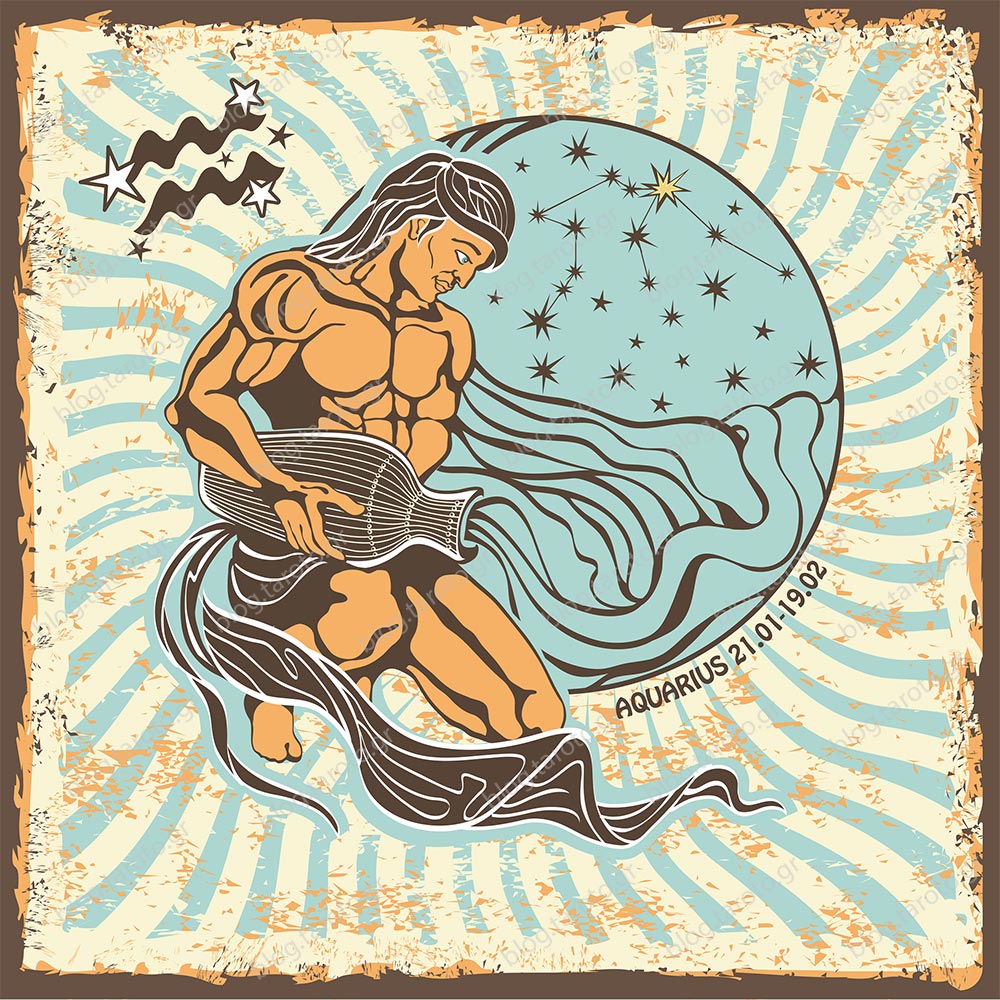
Aquarius and its age are one of the major astrological, but not only astrological, debates. Starting with the hippie movement of the 1960s and the famous Age of Aquarius theme, we wonder when this “golden age” will come, whether it is already here, what will mark its beginning, etc. According to some authors, the main symbolic lines are already present, and although there are promising aspects in the form of spiritual liberation and the like, we can also note some negative trends. This is especially true of the fact that the 20th century was marked by the greatest casualties in human history (60 million in World War II, and another 40 million during Mao Tse Tung), the atomic bomb and the most devastating weapons ever, but also by rapid scientific and technological advances, man first set foot in space, so the conclusions of that new age are at least ambivalent. Of particular importance is the paradigm that will be dominant in this age, since it depends on how further scientific advances will be employed, which will in many respects also determine the main trends. In this quest, we decided to follow the path of symbolic representations, beginning with mythological, religious, esoteric and of course astrological, as the most relevant, given that all currents of human history have their roots and origins in them.
As the deepest symbolic meanings on a particular topic can be obtained from relevant mythological material, we will first address the myth that lies behing the constellation Aquarius. This is so because all the symbolic threads that form the later basic features of what they represent, be it on individual lever, or on the level of certain nation(s), state(s) or even of one Age, are woven into the myth. This stems from a kind of dialectical connection between Mythos and Ethos, in which Ethos (to put it simply – ethics) actually imparts the basic symbolism of myth to the level of applicable, and more importantly adopted social rules at the level of collective consciousness, from which more concrete principles and rules derive that so form reality. For us, this relation may be best observed in the relation of the Myth of Kosovo and the Serbian people, whose complete ethics and faith are built on that Myth. Likewise, the Aquarius myth certainly offers us enough symbolism to interpret its future ethos and thus to discover the key aspects of the coming age.
Aquarius is based on the myth of Ganymede. Ganymede is known as a classic mythological figure from the heroic age of ancient Greece. The myth is first mentioned in Homer, who presents Ganymede as one of Troy’s three sons, the legendary founder of Troy. Because of its extraordinary beauty, Ganymede is abducted by the gods to be a cupbearer to Zeus and enjoy the life of an immortal. As is common with Greek myths, different forms of story have developed – some heroes are referred to as the fathers of Ganymede, who is abducted by the gods, or even Zeus himself, or on his command. When the kidnapper is Zeus, he appears either as a mortal, or takes the form of an eagle, or orders the eagle to grab the boy as he leads his flocks to Mount Ida. All the gods rejoiced in his coming except Hera who despised him. Hera, in fact, complained that this offended both her and her daughter Heba, who had until then served the gods with wine; however, she only managed to anger Zeus, who put Ganymede among the stars as Aquarius. Some mythographers claim that this was the reason why Hera was against the Trojans in the Trojan War. Ganymede’s father mourned for his son. With regret, Zeus sent Hermes with two horses that were so fast that they could even run on water. Hermes convinced Troy that his son was immortal and that he now serves wine to the gods, and that he did not need to worry. It is also interesting to observe that aspect of Zeus’ love for Ganymede, which is often cited in ancient sources. At an early age, god and boy were considered archetypal lovers. Sophocles (fifth century BC) writes of Ganymede, who “inflames the power of Zeus with his thighs.” This couple also served to justify the homoerotic tradition. Hence the sixth century BC Teognis speaks of Zeus and Ganymede as an example of the joy of love with a boy, and ends one short poem with the words: “So, Simonide, don’t be surprised that I knelt in love with a wonderful boy.” The myth was inspiring for poetry, and we find it in Ibikus in the sixth century, and in Pindar and Euripides in the fifth century A.D. When Xenophon (fourth century) portrayed Socrates condemning copulation between men, he felt it necessary to remove all the appeal of the myth of Ganymede by interpreting Ganymede’s name (Ganymede is in Greek a compound of the adjective ganos – great and medea – male genitals but also prudence, cunning) as referring to someone who is of “tempting reasoning” rather than “tempting body” (or genitalia), which would be a more relevant interpretation. As we can see, the Ganymede myth has been interpreted in different ways. Plato believed that the myth was invented by the Creteans to justify love relationships with boys or young men. Xenophon explained this myth as a moral allegory that signifies the superiority of the spirit in comparison with the body (the etymological basis already mentioned), which would prove that intellectual rather than physical advantages gain the favor of the gods and ensure immortality. The Renaissance interprets this myth in connection with the Neoplatonist doctrine of furor divinus. In his commentary on Dante’s Purgatorio, Landino explicitly draws the line between Neoplatonic and Christian interpretation. Plato says that his abduction is “cleavage from the body, and since he forgets material things, he focuses fully on contemplating the mysteries of heaven.” In this respect, I am particularly interested in the symbol of the eagle, since the Eagle is one of the forms of the constellation of Scorpio, though the rarest. As Scorpio is a sign of occult initiation, the flying eagle – the king of birds – represents the highest and most spiritual type of scorpion in which it transcends the poisonous terrestrial insect. We will return to this reference later when we talk about astrological symbolism and its interpretations.
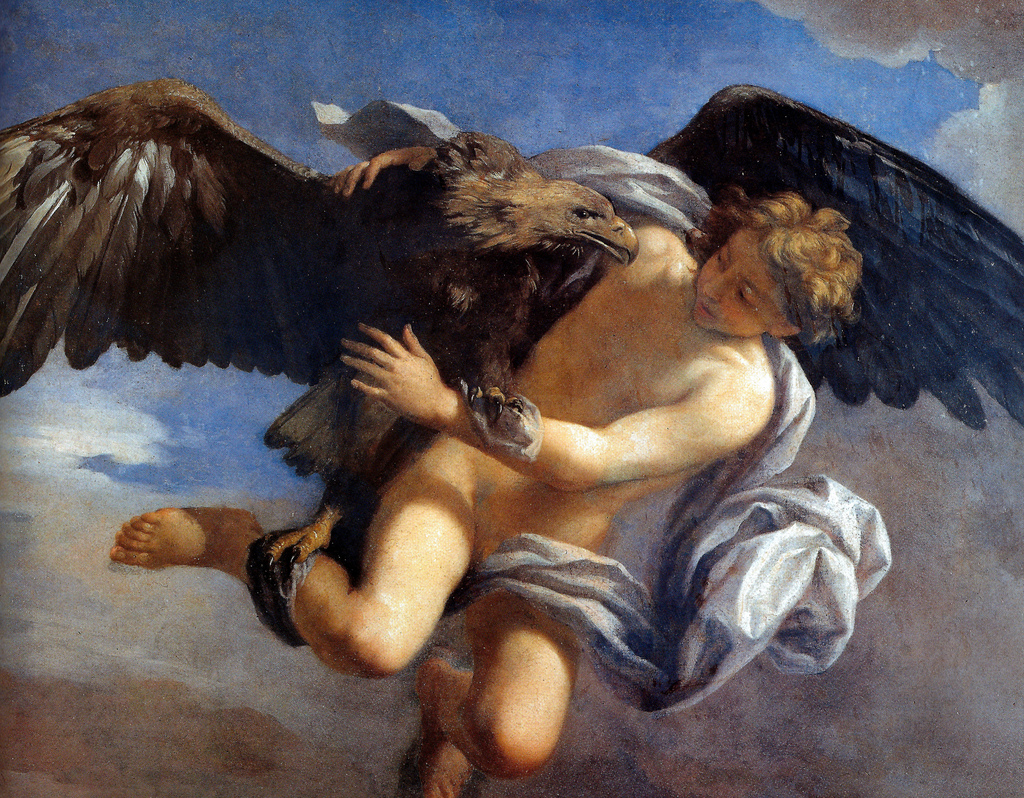
The Aquarius constellation, identified with Ganymede, first represented the Egyptian god who ruled over the well of the Nile, pouring water rather than wine from the condy (Pindar: Fragment 110). More specifically, it is Osiris, the symbolic god of the Nile. The Nile would float in late July and is associated with Leo, during a full moon in Aquarius. This act symbolized Osiris’s dominance over the earth, who was then killed and torn apart, to eventually resurrect. Aquarius is therefore a vital force that renews and fertilizes all things.
What exactly is the precession of the equinoxes, and what are the principles on which it resides? The Sun completely circles the zodiac every year and returns to the point from which it began – the spring equinox – and every year it misses a little to make a complete circle in the sky within the prescribed time. As a result, it crosses the equator slightly behind where it was last year in the zodiac circle. Each zodiac sign consists of thirty degrees and, as the sun loses one degree every 72 years, it returns throughout the entire constellation (or sign) in approximately 2160 years (which represents one age), and throughout the zodiac for 25920 years. . This retrograde movement is called the precession of the equinoxes. This means that over the course of about 25,920 years, which makes one Great Solar or Platonic Year, each of the twelve signs occupies a position at the spring equinox for almost 2160 years, and then passes the place to the previous sign.
For the ancient peoples, the Sun always symbolized the shape and nature of the constellations through which it passed to the spring equinox. For the last nearly 2000 years the Sun has shifted to the Pisces constellation (two Pisces) at the spring equinox. 2160 years before it had passed through the constellation Aries. Previously, the spring equinox was in the sign of Taurus. During these times, or eras (aeons), religious worship takes the form of a corresponding celestial sign – of the one that the sun takes as his personality, in the same way that the spirit takes over the body. During this period, in ancient Egypt, Apis (bull) was dedicated to the sun-god, worshiped through the animal equivalent of the celestial sign, which, at the time of his passage into the northern hemisphere, was filled with his presence. This is the meaning of the ancient saying that the celestial Taurus “broke the egg of the year with its horns.” Then the Sun took over the body of Apis, and the Bull became dedicated to Osiris. In the Old Testament, we find a reference to this shift of aeons, when Moses, upon his return from Mount Sinai, found his followers glorifying the Golden Calf, which he then destroyed by throwing it into the fire (which signifies purification and rebirth), and then, as we find in Genesis 22:13 : “ Abraham looked up and there in a thicket he saw a ram caught by its horns. He went over and took the ram and sacrificed it as a burnt offering instead of his son.” During the Age of Aries, the Lamb was considered sacred and the priests were called shepherds. Sheep and goats were sacrificed on the altars, and the scapegoat was designated to bear the sins of Israel. During Pisces, the fish was a symbol of divinity, as the Sun God fed the crowd with two small fish. Not only is Jesus often called the Fisherman of the People, but, as John P. Landy writes: “The word Fish is an abbreviation for the whole name, „Jesus Christ, Son of God, Savior and Cross“, or as St. Augustine says: “If you combine the initial letters of the five Greek words Ιησούς Χριστός Θεού Υιός Σωτήρ, you get ΙΧΘΥΣ, which means Pisces, a word through which Christ is mystically understood, because he was able to live in the abyss of this mortality, as in the depth of water, but without sin ”. Aquarius is the name for the man with the pitcher of water on his shoulder referred to in the New Testament (Luke 22:10; Mark 14:13), when the apostles should prepare the Last Supper, and Jesus instructs them to follow the man carrying a mug of water. It is also referred to as the “Face of Man” in the Book of Revelation, as one of the fixed signs of the Zodiac. From a mystical point of view, this can also be seen as a guideline, since the apostles have traditionally been associated with the 12 signs, the so called houses of the Sun, so the entry into the house where a man with a jug of water leads them, can also be seen as a reference to entering in the age of Aquarius, especially if the myth of Christ is taken as a symbolic representation of the whole age of Pisces, or Christianity. He is sometimes portrayed as an angelic character, supposedly androgynous, who either pours water from an urn or carries a pot on his shoulder. Among the Oriental peoples only a water bowl is used. According to all this, the Sun will still take the form of the zodiacal sign in which it is located, ie. Aquarius, which is a human sign, hence the emphasis on humanism and the age itself will adopt the symbolism of this constellation, both in religious worship and in ethics.
Esoteric philosophy is the next one whose insights are worth considering in this regard. This is because precisely the different Schools of Mysteries knew how to properly understand and employ these symbolic mythological representations, often even creating individual myths themselves. Therefore, in this place, we would like to address one esoteric aspect of the time, which concerns the Age, or Aeon, as well as their succession.
In the last few centuries, since Occultism in the West experienced a renaissance and some ideas began to spread more openly – many mystical and esoteric traditions occasionally proclaimed the appearance of a New Age, naming it and describing it differently, relative to one another. Some Masonic authors have heralded the Age of Aquarius, on the basis of astro-theological heritage; The Theosophists spoke of the ages of the seven human races, relying on the Hindu tradition of the seven ages, proclaiming that we were currently living in the age of the fifth Aryan race; The Hindu tradition teaches that we live in the age of Kali-Yuga; The Order of the Nine Angles, although it has a slightly different concept from the Theosophical, also recognizes the seven ages in the development of the human species, but proclaims this present age – the Age of the Mother of Blood; Crowley and the Telemites believe that we are in the Age of Horus – a child, after the earlier times of Osiris – the father and Isis – the mother; Anton Szandor LaVey and the like proclaim the Age of Satan, etc. At first glance, studying all these teachings, of these different traditions, one might think that there must be contradiction and that all these ages are not fully compatible with each other. Needless to say, all followers of the above traditions are blindly clinging to inherited dogmas, largely denying others. We see things a little differently. We see no contradiction or genuine conflict between them all, but consider that they all speak only of different aspects of the same New Age. For example, one can already feel the coming of what the “Age of Aquarius” should represent – rapid and remarkable spiritual and technological progress, as well as a sudden break with the tradition, values and religions created in the “Age of Pisces”; All these achievements have been predominantly presented by representatives of the Aryan race, if the Theosophical classifications are to be reiterated; Hypocrisy, injustice and insanity also ruleng, as described in the Hindu representations of Kali-Yuga, along with the appearance of devotional and compassionate religious forms, devoid of traditional and restrictive ritualism, both in the East and in the West; There is also an evident increase in the dominance of the female principle and female influence in society, but not that of the motherly and caring female principle from the cave age, but precisely as represented by the Order of the Nine Angles through the archetype of the Mother of Blood, manifesting itself as the judge and executioner of the patriarchal system so far. . ; Again, Crowley is correct in referring to the Age of Child-Horus, in which, as he describes it himself, there will be evidence of widespread confusion, incoherence, increased freedoms, bisexuality, homosexuality, and the outbreak of the most insane and bloody war conflicts; Of course, LaVey also accurately proclaimed the age of Satan, since Satanism as such is increasingly accepted as a perfectly legitimate religion, that Satan is publicly worshiped, and that all those things that were once “sin” and “devil’s work” are increasingly accepted as standard and something normal. So, esoterically, we see all these representations of the New Age only as different aspects of that and such an Age, which complement one another.
In the second part of this quest, we will look for answers in purely astrological symbolism, which will give us additional insights into aspects of this emerging new age.

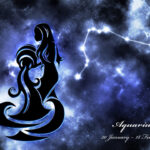

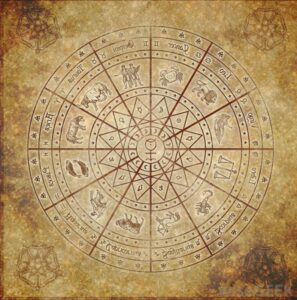
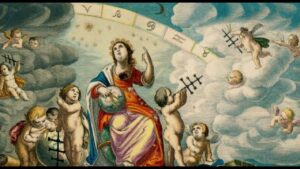
No comment yet, add your voice below!